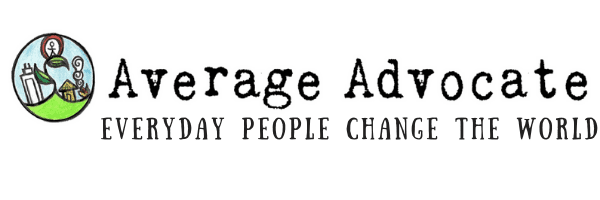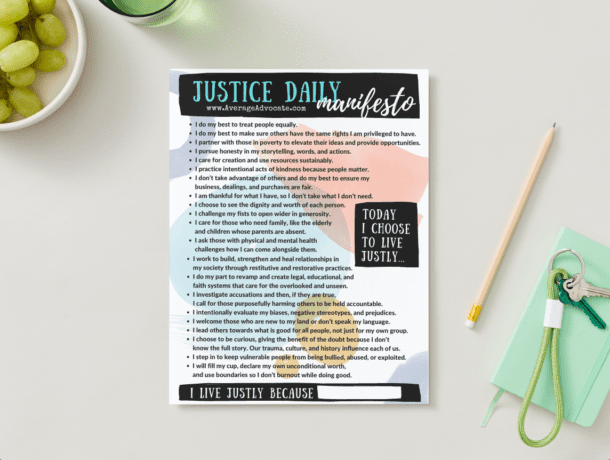What About The Facts?
Sometimes I wonder, are the trafficking statistics I share accurate?
A few years ago I was reading about the globally misunderstood plight of women (learn more here) in the foundational book, Half the Sky: Turning Oppression into Opportunity for Women Worldwide. Around the same time I had been reading Not For Sale; I noticed that the human trafficking statistics they listed worldwide were drastically different from each other. Eventually I started seeing articles debating whether there were 27 million or 21 million, or if there were many, many less slaves worldwide. As is typical with numbers, as our understanding has grown, global experts, governments and NGOs, typically back the statistic of “27 to 30 million modern slaves,” the majority of which are labor trafficked.
As I’ve written articles on global issues, and later worked with a small group researching to form what is now the the non-profit, the Northern Virginia Human Trafficking Initiative, I began to see how common fact misuse was. And even more difficult, was actually finding the real facts. I might scour the internet or studies or books for hours, and still not ever be fully sure if what I was presenting was correct.
Not-So-Credible Trafficking Statistics
For example, if you’ve been involved in working against sex trafficking, pretty soon you will run into the “age 13” fact. Even I was skeptical of this one, and to my surprise, I discovered the roots of it were very ambiguous–definitely not thick enough for me to consider credible. Recently this fact-checker article came out about “the average age of entry into human trafficking being 13” fact, which hails for us to pay attention that we’ve probably got this stat wrong.
Considering I don’t know what the truth is, researching it and finding no good answers, and being surrounded by orgs still claiming “13” to be true, I’ve tended to use phrases like “nationally, the average age trafficking begins is among middle school aged kids” or “in our area, 15 or 16 is the age most common age teens are trafficked,” the later coming from The Detective keeping stats for Northern Virginia.
So what is it nationwide? 12 through 14, then averaged to 13? Or is it 17? Or is it true that most sex trafficking victims in the US are adults, even though solicitation over 18 isn’t automatically considered trafficking, as it is with children?
The point is, finding facts is hard.
When NOVA HTI was started, we had no numbers and only the glimmer of a picture. We knew there was something going on, and we discovered we right while digging into it. But convincing others to help and care–with no statistics to prove the murky image–it was hard, if not mostly impossible.
The Credible Activist’s Dilemma
And that’s the rub. We need statistics to get people to back something. Statistics are the credibility. They make the case. Which is ironic, as I have learned from experience that it is the story that hooks us, not the mind-numbing numbers.
Still, it is no surprise that advocates, activists, and all manner of housewifey do-gooders will take the facts and embellish them, with or without meaning to. We want people to care. We want people to feel our passion. But sometimes it is just too easy to just say things without taking the time to research statistics to ensure accuracy. I know I am guilty of it myself!
I know that NOVA HTI and our partners are now working very hard to collect the most accurate data we can (check out our local stats page) and it’s one of its values to not hype-up support via falsehoods and sensationalism.
But even with an insider scoop of what is really going down, it is still a slow process. As advocates we don’t have the full picture and we probably won’t ever. Even if the statistics–and in this case, trafficking statistics–are totally legit, I know we aren’t all able to research every number we put out there. But there are a few things to do that aren’t very difficult to give ourselves credibility as advocates.
Six Steps To Advocating With Credibility:
1.) Try to use statistics backed by multiple non-profits and government sources if you can find them.
2.) Look for the most current research on what you want to share–research and numbers change often. If you have a 2007 number, try to find one from 2010, or better yet, 2015.
3.) Spend five minutes checking Google/Snopes to see if there are any articles questioning the facts you want to use–become familiar with the controversy so you can explain it with more diligence.
4.) Use accurate phrasing to express questionable facts, such as “some sources claim x number while others use x to describe . . .” or “13 is considered by most authorities to be the average age of entry to prostitution, which leads to trafficking–even though this number is debatable.”
5.) Focus on the story. From what I’ve read, potential donors/volunteers usually respond better to faces than numbers, anyway. Also, numbers are hard to use as a designation of worth. Ex. Does your number mean the issue is better or worse? If 200,000 people have a disease, are you pointing out a lot of people have it, or just a few do? Or should I compare a number to the whole global population?
6.) When possible, go out of your way to bring people hope with your imagery. Avoid sensational graphics. Example–as the majority of trafficking victims are not chained, maybe chains aren’t the best graphic to use to highlight the situation.
Good luck as you strive to be an honest, credible advocate! For more great advice for advocates, check out this post, Five Mistakes Activists Make.










